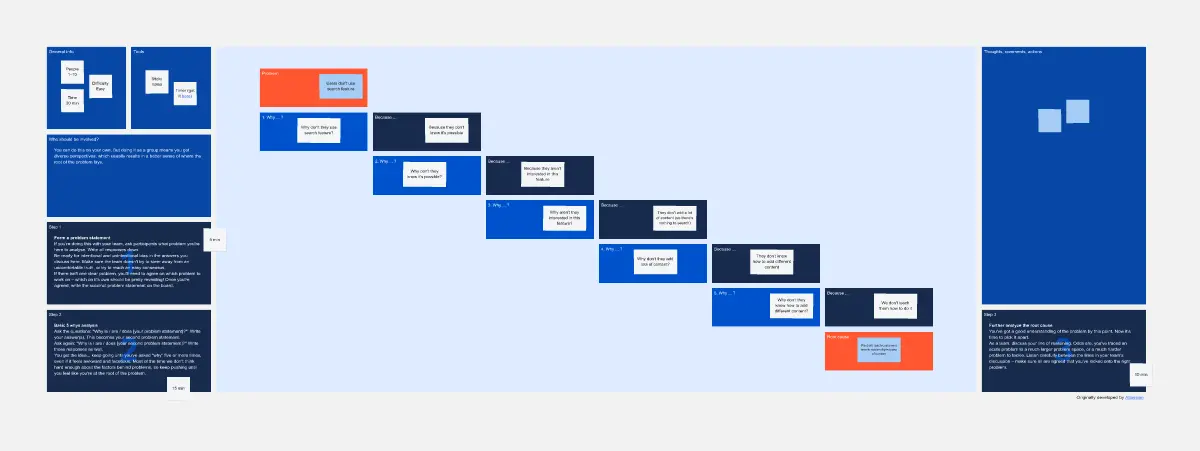The Kotter Change Management Model is an eight-step process developed by Harvard Business School professor John Kotter, designed to help organizations implement successful change.
It starts with establishing a sense of urgency about the need for change and then moves on to creating a guiding coalition to lead the effort. The following steps involve developing and communicating a clear vision and strategy for the shift, empowering employees to take broad-based action, and generating short-term wins to build momentum. The final stages focus on consolidating gains to produce more change and anchoring new approaches into the organization's culture.
This methodical approach ensures that change is thoughtful, systematic, and sustainable, making it a popular framework for managing organizational change.
Establish a Sense of Urgency: This involves identifying potential threats and developing scenarios showing what could happen. It's about convincing people that change is necessary and urgent.
Create the Guiding Coalition: Assemble a group with enough power to lead the change effort. This team should work as a team outside of the standard hierarchy.
Develop a Vision and Strategy: Create a vision to help direct the change effort and develop strategies for achieving that vision. This step is crucial for guiding the change process.
Communicate the Change Vision: Use every vehicle possible to communicate the new vision and strategies. The guiding coalition should model the behavior expected from employees.
Empower Employees for Broad-Based Action: Remove obstacles to change, change systems or structures that undermine the vision, and encourage risk-taking and nontraditional ideas, activities, and actions.
Generate Short-Term Wins: Plan for visible performance improvements. Create those improvements and recognize and reward employees involved in the upgrades.
Consolidate Gains and Produce More Change: Use increased credibility to change systems, structures, and policies that don't fit the vision. Hire, promote, and develop employees who can implement the vision. Reinvigorate the process with new projects, themes, and change agents.
Anchor New Approaches in the Culture: Articulate the connections between the new behaviors and organizational success and develop the means to ensure leadership development and succession.

Mark V. Smetanin
Product Portfolio Director @ CHM inc.
E-commerce, AdTech, SalesFunnels, ShortTermRentals, Property Management, SAAS, Communication models, API, Payments, Fintech.
Categories
Similar templates
Cohort Analysis
5 Whys Analysis
Product Thinking Board

Product Thinking Board
Product Thinking Board template encourages a user-centered approach to product development. By fostering empathy, collaboration, and experimentation, this template stimulates innovative thinking and problem-solving. With sections for user research, ideation, and prototyping, it supports iterative product design and validation. This template serves as a visual framework for product teams to engage in user-centric design thinking processes, driving the creation of products that truly meet user needs and deliver exceptional experiences.
Cohort Analysis
5 Whys Analysis
Product Thinking Board

Product Thinking Board
Product Thinking Board template encourages a user-centered approach to product development. By fostering empathy, collaboration, and experimentation, this template stimulates innovative thinking and problem-solving. With sections for user research, ideation, and prototyping, it supports iterative product design and validation. This template serves as a visual framework for product teams to engage in user-centric design thinking processes, driving the creation of products that truly meet user needs and deliver exceptional experiences.

